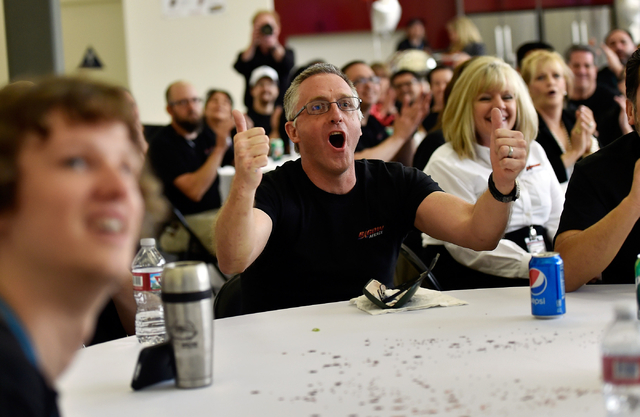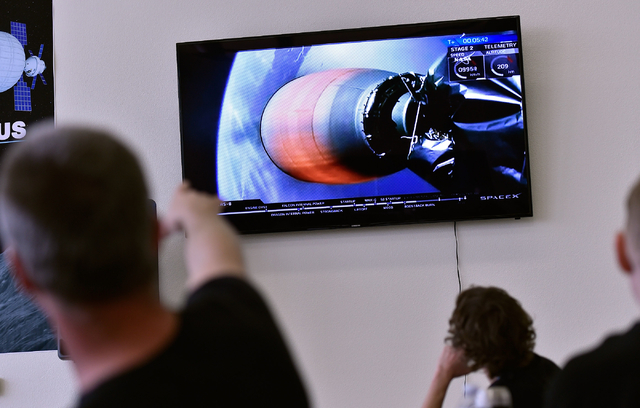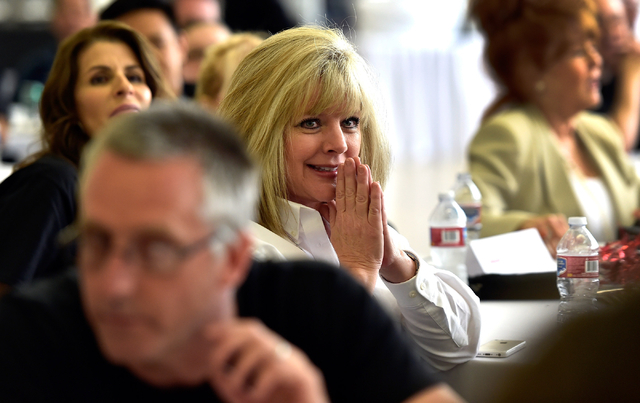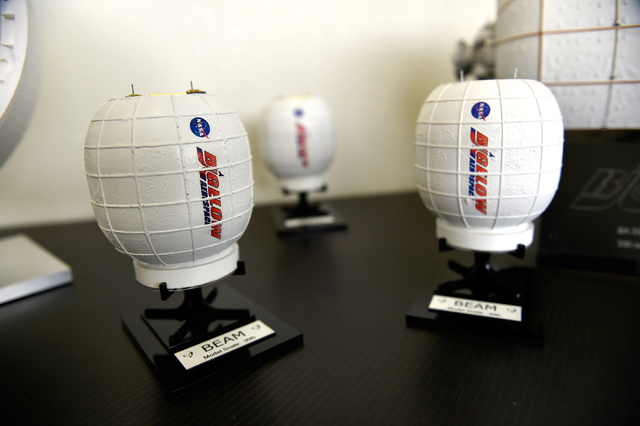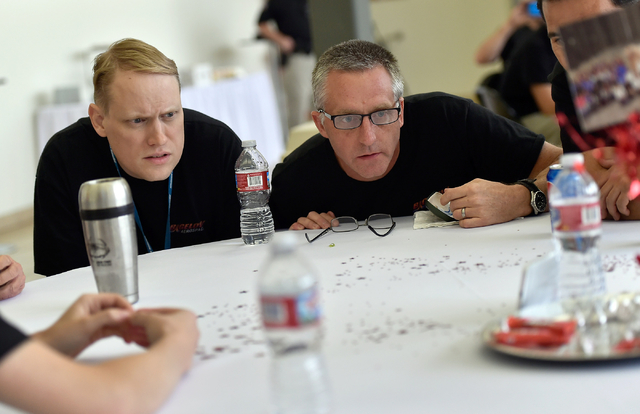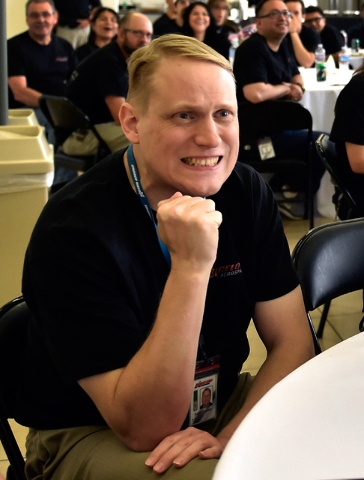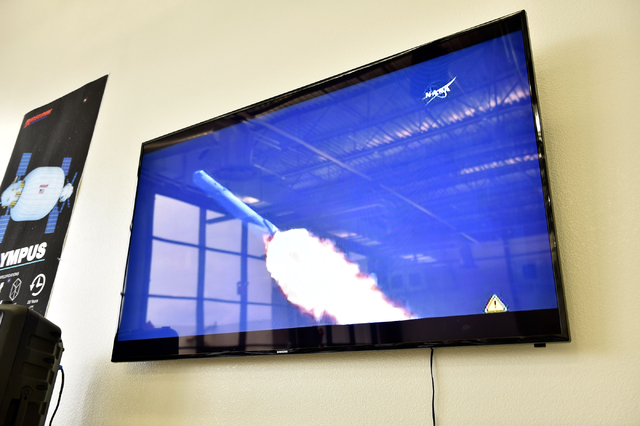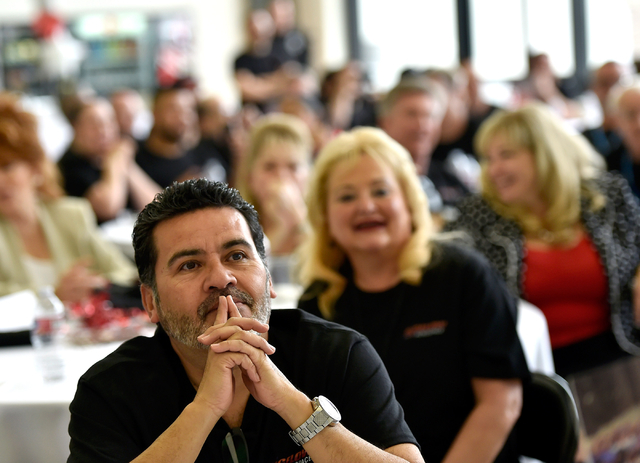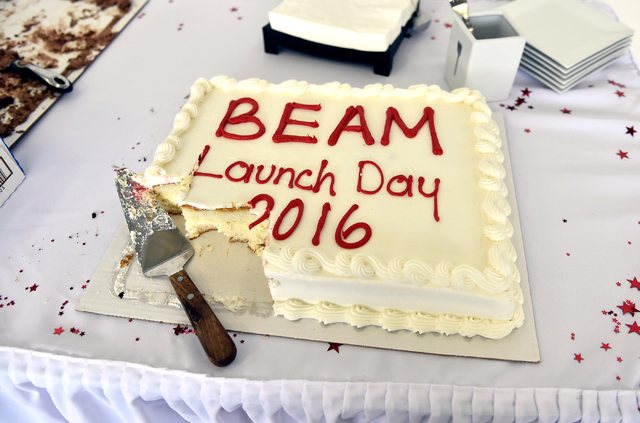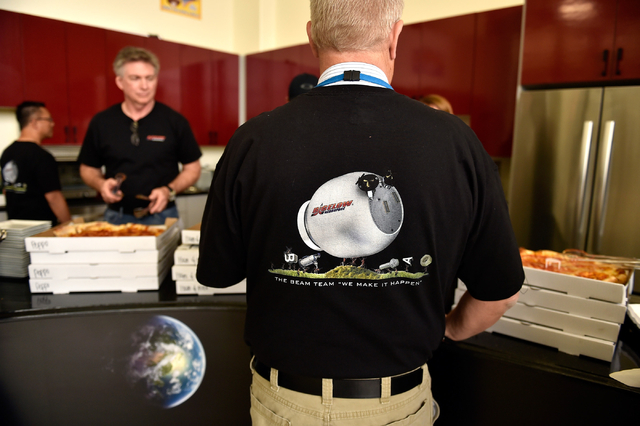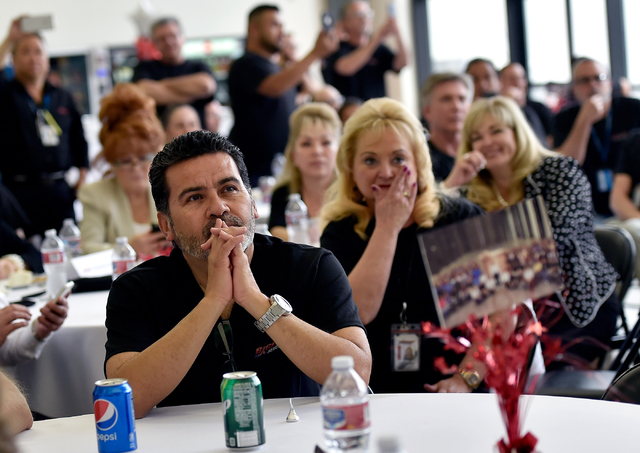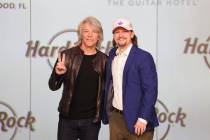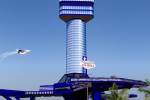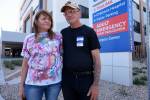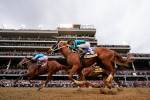North Las Vegas company’s space habitat rockets into orbit
When it comes to casual Friday at the office, Bigelow Aerospace doesn’t mess around.
Employees at the company’s factory in North Las Vegas got free T-shirts and a catered lunch with pizza, chicken fingers, cake and ice cream. Then they got to watch something they’ve worked on for years get shot into space.
The group of about 80 workers loudly counted down the final seconds before the successful launch of an unmanned SpaceX rocket carrying the Bigelow Expandable Activity Module, or BEAM, into orbit.
The crowd stood and erupted in cheers and whistles as the Falcon 9 rocket rode a trail of flames and white smoke into the sky above the Kennedy Space Center in Florida.
Several employees took cellphone videos of the launch as it played out on a pair of big-screen TVs in the factory’s commissary.
Almost everyone wore black T-shirts featuring a picture of the module above the words “The BEAM team: We make it happen.”
A few people wiped away tears.
“Fly BEAM!” said Diana Salazar as she watched the screen with wet, red eyes.
The launch begins a crucial test for the aerospace company founded in 1999 by hotel developer and Las Vegas native Robert Bigelow.
Once SpaceX’s Dragon resupply ship docks with the International Space Station on Sunday, the BEAM will be attached to one of the space station’s portals and inflated for a two-year test of its durability and design.
In the process, the module shaped like an egg with flat ends will provide a new room about the size of a one-car garage for space station crew members to work in.
Robert Bigelow and about 20 of his top engineers and directors watched the launch from Cape Canaveral. His wife, Diane, watched with the rest of the BEAM team in North Las Vegas.
“He wishes he could have brought each and every one of you with him,” she told the crowd.
NASA picked Bigelow Aerospace to build and test expandable space environments at its 350,000-square-foot facility near Martin Luther King Jr. Boulevard and Cheyenne Avenue in 2011.
By then, the company had already tested two smaller versions of its inflatable modules in 2006 and 2007 by sending them up in repurposed Russian nuclear missiles.
NASA and Bigelow believe the program could lead to the development of orbiting labs and small manufacturing facilities and flexible habitats that could one day carry human travelers back to the moon and on to Mars or beyond.
Bigelow is already developing two much larger inflatable modules: the cylinder-shaped B330, 20 times the size of the BEAM, and the Olympus, which is more than twice the size of the entire International Space Station.
Assuming the BEAM passes its two-year audition, Bigelow could be ready to put its first B330 into orbit in 2020.
Friday’s launch came with an added note of drama. The last time SpaceX tried to launch an unmanned resupply mission to the International Space Station, its Falcon 9 exploded less three minutes into the flight.
The June 28 accident delayed the BEAM’s scheduled launch by seven months, but this time the result was flawless.
A huge cheer went up in the commissary as NASA showed surreal footage of the Falcon 9’s reusable first stage descending from the sky and landing upright on an unmanned floating barge. Then came another cheer as the Dragon spacecraft, safely in orbit, jettisoned its second-stage booster.
NASA wrapped up its live broadcast a short time after that, and the crew at Bigelow went back to work.
Contact Henry Brean at hbrean@reviewjournal.com or 702-383-0350. Follow @RefriedBrean on Twitter.



